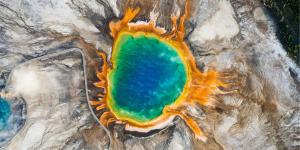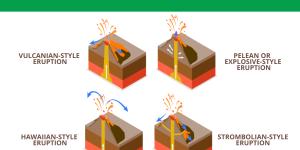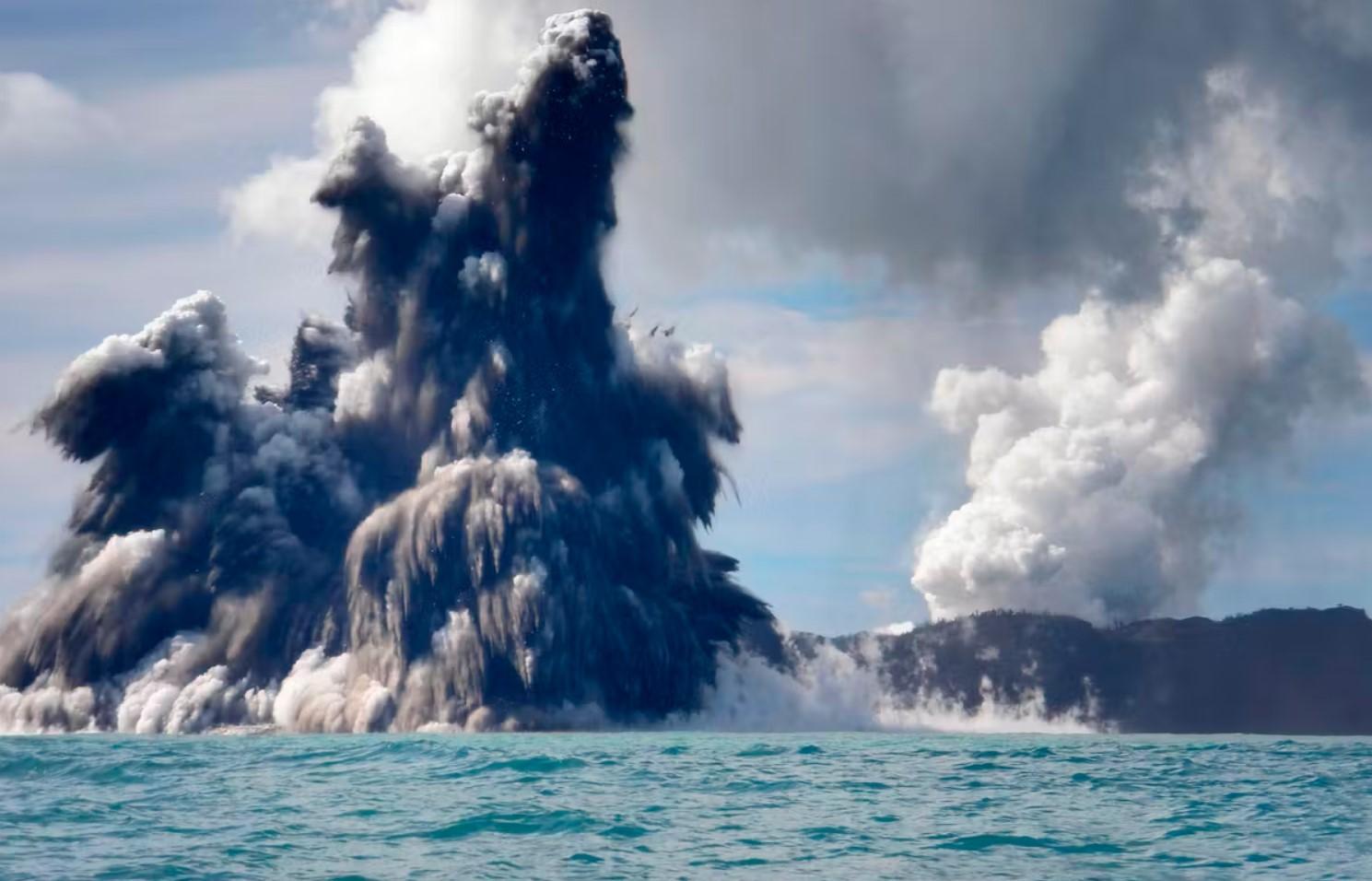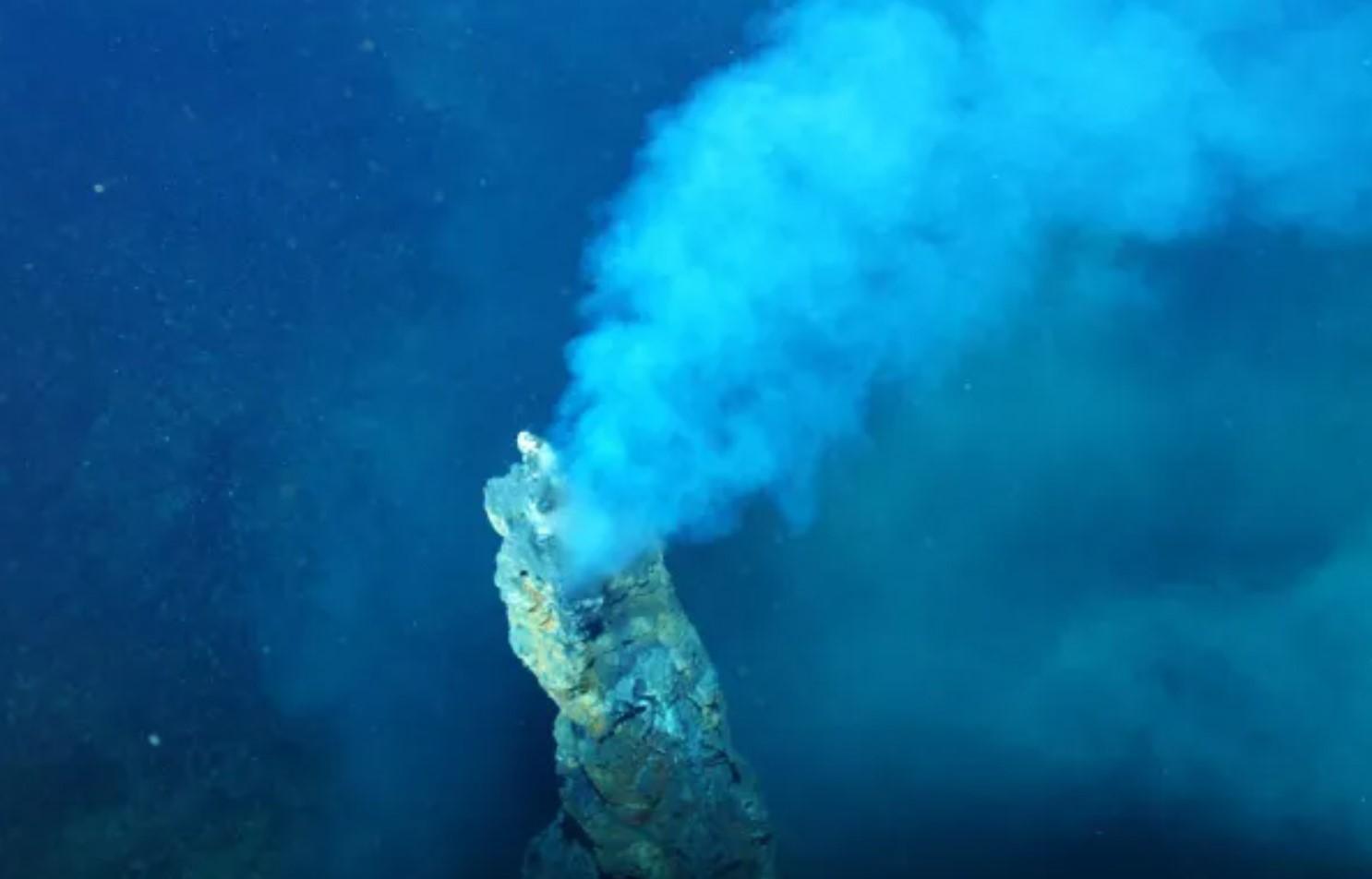What Are Submarine Volcanoes?

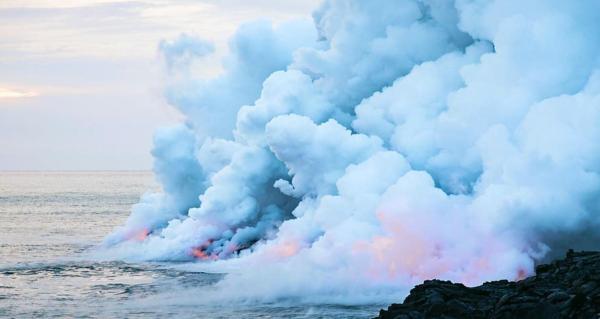
Submarine volcanoes, a remarkable phenomenon hidden beneath the ocean's surface, offer a fascinating glimpse into the dynamic and ever-changing nature of our planet. These volcanic structures possess the power to shape the underwater landscape and influence the delicate ecosystems thriving in the depths.
This article from thedailyECO explores what submarine volcanoes are, their formation, characteristics, and the fascinating role they play in the mysterious ocean beneath the waves.
What are submarine volcanoes?
Submarine volcanoes are a fascinating natural phenomenon that occurs at the bottom of the ocean. Similar to how lava flows on the Earth's surface during volcanic eruptions, underwater volcanoes release lava beneath the water.
These volcanic activities have both destructive and constructive effects on the surrounding environment. While they can damage the ocean floor and disrupt existing ecosystems, they also release nutrients that support bacterial survival and can lead to the emergence of new species.
Most submarine volcanoes form in oceanic spreading zones, where tectonic plates separate, allowing hot magma from the Earth's mantle to rise to the surface. As the magma approaches the water's surface, it cools rapidly due to the lower temperature of the surrounding water, solidifying into volcanic rocks.
The ascent of magma can result in various volcanic events, such as eruptions and lava flows. Compared to volcanic eruptions on land, submarine eruptions are generally less explosive because the water pressure regulates the release of gases and volcanic materials. Nevertheless, they can still produce impressive sights, including lava flows, smoke and ash plumes, and the release of gases.
Submarine volcanic activity can give rise to distinctive structures like volcanic cones, calderas, and hydrothermal vents. Hydrothermal vents are openings in the ocean floor through which hot, mineral-rich fluids emerge. These underwater hydrothermal systems support unique ecosystems and a diverse array of life forms that have adapted to extreme conditions.
Submarine volcanoes play a significant role in the geological processes and dynamics of the Earth. They contribute to the formation and evolution of the ocean floor and release gases and heat into the oceans.
Don't miss out on our other article, where we provide a detailed explanation of the distinction between lava and magma.

How are submarine volcanoes formed?
Submarine volcanoes originate from volcanic activity that takes place beneath the ocean's surface, primarily driven by the interplay of tectonic plates. The process of plate tectonics involves the movement and interaction of these plates within the Earth's crust.
In regions known as oceanic spreading zones, such as the mid-ocean ridge system, tectonic plates gradually diverge from each other. As the plates separate, a gap or fissure is formed in the Earth's crust.
This opening provides an avenue for hot, molten magma to ascend from the Earth's mantle toward the ocean floor. The magma found in these oceanic spreading zones tends to be less viscous compared to magma found in terrestrial volcanic zones. The pressure exerted by the water on the submerged magma causes it to cool and solidify more rapidly. As a result, submarine volcanoes generally exhibit less explosive eruptions when compared to their terrestrial counterparts.
As the magma rises towards the surface, it continues to cool and solidify, giving rise to various volcanic rock formations such as basalt and andesite. These volcanic rocks accumulate in layers, contributing to the formation of submarine volcanic cones. Over time, submarine volcanoes can grow and evolve, with their shape influenced by the frequency and number of volcanic eruptions they experience.
Submarine volcanic activity can also give rise to unique features known as hydrothermal vents. These vents are openings in the ocean floor through which hot, mineral-rich fluids are released. The presence of these underwater hydrothermal systems is of great scientific interest due to the exceptional ecosystems they support. Life forms that thrive in these extreme underwater environments have adapted to the challenging conditions presented by hydrothermal vents.
You may find this other article intriguing as we delve into the captivating world of the volcano snail, an extraordinary creature with an almost alien-like appearance.

How many underwater volcanoes are there?
Determining the precise number of submarine volcanoes worldwide is a complex task due to the challenges associated with exploring and mapping the vast expanse of the ocean floor. However, it is estimated that there are thousands of submarine volcanoes scattered throughout the world's oceans.
A significant portion of submarine volcanic activity occurs in regions of oceanic expansion, particularly along mid-ocean ridges where tectonic plates separate, providing an avenue for magma to ascend. These areas are known to harbor a considerable concentration of submarine volcanoes.
In addition to active submarine volcanoes, there are also dormant or extinct ones that have remained inactive for extended periods. These volcanoes can be identified by their distinctive morphology and the presence of volcanic rocks.
Overall, it is estimated that there are thousands of underwater volcanoes in the world's oceans. Here are some most famous submarine volcanoes in the world:
- Axial Seamount, USA: located off the coast of Oregon, Axial Seamount is one of the most extensively studied submarine volcanoes. It has a large caldera and is known for its frequent eruptions and hydrothermal vent systems.
- Kavachi, Solomon Islands: Kavachi is an active submarine volcano located in the Solomon Islands. It is known for its frequent eruptions, creating explosive plumes and temporary islands that often submerge shortly after formation.
- Kick 'em Jenny, Caribbean: Kick 'em Jenny is an active submarine volcano located in the Caribbean Sea, near Grenada. It is one of the most active underwater volcanoes in the region and is closely monitored due to the potential for tsunamis.
- Loihi Seamount, USA: Loihi Seamount is an active volcano located off the coast of the Big Island of Hawaii. It is considered the youngest volcano in the Hawaiian-Emperor seamount chain and is currently in its submarine phase, with the potential to emerge as a new island in the future.
- Brothers Volcano, New Zealand: the Brothers Volcano is an underwater volcano situated near the Kermadec Islands, northeast of New Zealand. It is known for its hydrothermal vent systems and diverse marine life.
Make sure to read our other article, which delves into the topic of volcanoes, covering their formation, characteristics, and the various types of volcanoes found worldwide.
If you want to read similar articles to What Are Submarine Volcanoes?, we recommend you visit our Facts about nature category.
- Writing of Vista al Mar (July 10, 2012). 10 + 1 amazing underwater volcanoes . Ocean View. Available at: https://www.vistaalmar.es/medio-ambiente/fenomenos-naturales/2564-10-increibles-volcanes-submarinos.html

